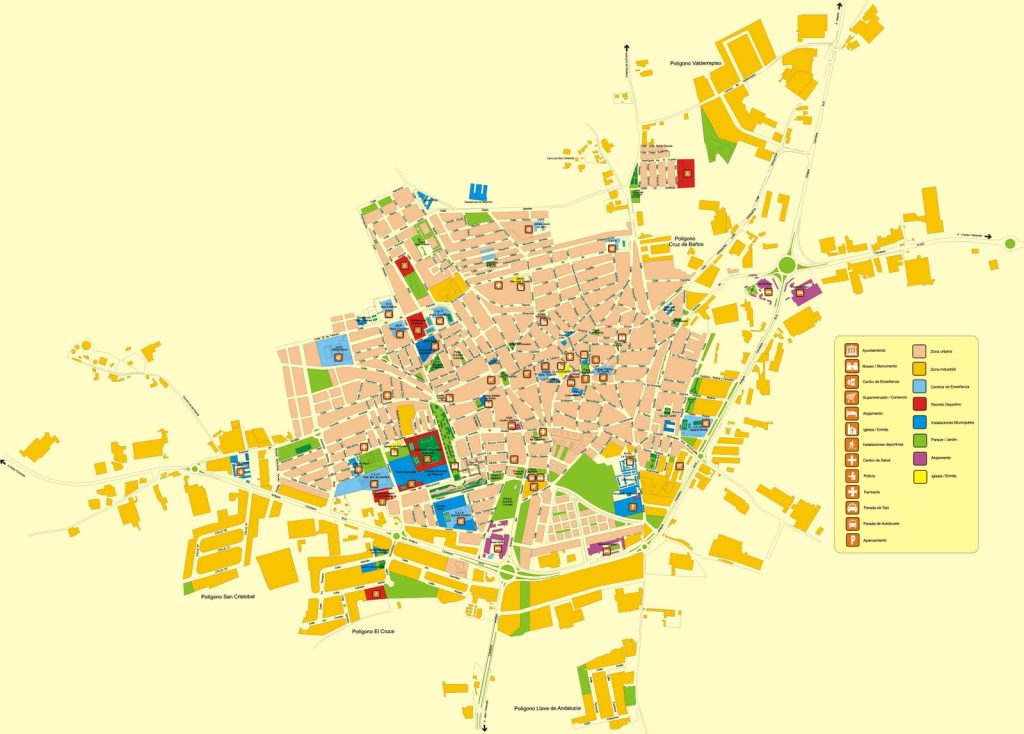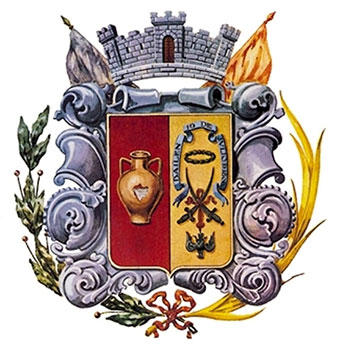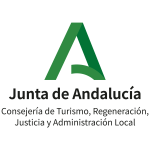The first references of Bailén first appeared as Baritto, a word of tartesso origin thought to have been given to the Phoenician settlement of the area. However, this was later refuted after the word was found in what seemed to be a gravestone found in the La Toscana area, proving the word to be the name of an individual rather than one pertaining to a territory. Later, when the Greeks colonized our territory, they named the city as Baikol and Besur.
Later, when the Romans arrive to Hispania to fight the Carthaginians in the Punic wars (in which the carthaginian general Asdrúbal Barca ended up losing against the roman general, Escipión the African), they found themselves utterly fascinated with the mineral, agricultural and livestock richness of the area. And so, they decided to settle down and name it as Baécula-Caecilia and Baécula-Bética, with a population of approximately 800 inhabitants; nowadays, the location of this battle is still up for debate, location that we however take as our own, not only because of the phonetic similarity, but also because of the geographic proximity provided by the sources, as well as the excellent strategical position that we still hold to this day.
What remains of the arabs presence in Bailén consists of a fort and a mosque built in the 9th century by Abderramán I (First Independent Emir of Córdoba, 756) over an old Visigoth monastery, founded by the Abad Locuber on 691 CE, which withheld the San Andrés and Santa Gertrudis Church.
Likewise, on 1360 CE, the castle settled on the old arabian fort is acquired by Ponce de León from Alfonso XI, turning Bailén into a manorial land. Thus, on 1504 CE Fernando el Católico would arrive and intervene to solve the grievance pertaining to Baeza’s council, who stayed firm on the fact that the Villa de Bailén was dependent on them and their municipal charter. The matter was settled through the agreement stating that the territory of the Villa would be expanded in exchange for the payment of an annual tribute to Baeza city, which remained all the way to the last third of the 19th century.
Later on, the famous Battle of Bailén takes place on the 19th of July, 1808, where history was made after the Napoleonic forces suffered their first ever defeat on an open field battle. Battle of which we still keep many documents, where we can find several diverse and important characters that partook in the battle. This is where the example of María Bellido comes from, despite the fact that it remains unknown whether she was a real person related to María Inés Juliana Bellido Vallejos (Porcuna 1755 – Bailén 1809) or if she was simply a heroine archetype meant to represent the overall importance of those water carrier women during the conflict.

Firstly, we need to highlight the fact that the coat of arms of Town Halls and Councils were born originally, either by Royal Grant or through its Direct Establishment by the Council itself, as well as through the Acknowledgement of the Villages and Councils of Manorial Arms, around the 13th and 14th centuries. From this date onwards, all the way until the 19th century, the only way coat of arms would be created would be through Royal Privilege, through “Motu Proprio” or through “Motion of the Party”.
The oldest Coat of Arms used by the City Council as that of the City of Bailén of which we have written evidence that managed to reach the current day, would be none other than the coat of arms of the Ponce de León family, Lords and Counts of Bailén. This is the coat of arms that we can observe both on the facade of what was their Palace-House, now standing in the “Nuestro Padre Jesús” street, giving access to the Tourism Office of Bailén’s Town Hall; as well as in the high part of the Sacristía del Templo Parroquial de La Encarnación, in the “García Lorca” street.
Description
Split coat of arms, where we can distinguish between two fields; the first made of silver with a lion rampant gules, while on the second field, this time made of gold, counts with four pallets gules. All of it with bordure azure and eight golden escutcheons, also with barry azure.
Years later, around 1860, a new coat of arms came into use, a revised version of the previous one. This new version kept the old heraldic fields, but added ented in point a new gules field, where a heraldic piece is placed representing a broken red jug, a reminder of the legendary heroine of the Battle and symbol of courage and dedication of the people of Bailén in one.
Between 1873 and 1874, after the establishment of the First Republic, the design of the coat of arms was modified after situating it over two crossed accolé flags, crowned by a phrygian cap and all of that, at once, right over an equilateral triangle.
Later, circa 1900-1910, a quarterly coat of arms came into use. On the first of them, over a silver field stands a lion rampant gules; on the second, golden field, four pallets gules, the same fields found on the coat of arms of the Ponce de León, adding a third gules field, with a broken jug of its natural color and a fourth golden field, withholding a golden tower.
On the other hand, fulfilling a vow made during the air strikes suffered in the city of Paris during WW1 – where Mr. Francisco Ramón Merino Rodríguez was located – he gifted Our Lady of Zocueca a silk flag with a silver pole. Embroidered in the middle of it sits Bailen’s coat of arms, similar to the previously discussed and yet slightly different, this one being a quarterly coat of arms where we may highlight the first quarter over a purple field, with a crenellated silver castle, golden ajoure, and masoned sable; in the second quarter, over a silver field, a golden lion rampant crowned with gold; in the third quarter, over a silver field, a broken jug of its natural color, still filled with water, and, finally, in the fourth quarter, over a golden field, four pallets gules.
Dissatisfied with the format, as all those modifications and changes may suggest, Bailen’s City Council requested to the Ministry of the Interior in 1927, the proper authorization to use that of Spain as municipal coat of arms, although replacing the fleur-de-lys (Pertaining to the Bourbon family) in the central inescutcheon for a broken jug with a single handle, of its natural color. In charge of the design were Mr. Juan Félix de Rújula and Vaca, VI Lord of Ciadoncha, who designed the coat of arms as following: oval coat of arms, quartered and ented in point. First quarter, gules, a golden castle, crenellated, ajoure azure, and masoned sable. Second quarter, silver, a lion rampant, purple, langued, armed, and crowned with gold. Third quarter, golden, four pallets gules. Fourth quarter, gules, a cross, saltire and orle of golden chains linked together, loaded with an emerald green emerald at its centre. Ented on silver, a pomegranate proper seeded gules, supported, sculpted, and leafed in two leaves vert. Silver inescutcheon with a broken jug with a single handle. At its crest, Royal Crown closed and capped gules. And finally, for supporters a twig of laurel on its right and a palm tree twig on its left.
However, this modification was not approved, forcing Mr. Juan Félix to design yet another coat of arms for the Noble and Loyal City of Bailén, which is still in use to this day. It is a split coat of arms, where the first half field gules and in abyss, a small jug of its natural color, filled with water inside, its mouth facing the chief of the escutcheon. On the second half, golden field, two crossed sables of their natural color united by a ribbon gules, from which an eagle sable tied by its claws hangs, all of that crowned by a laurel crown of its natural color, surrounded by a wavy ribbon, with a motto in letters sable: “Bailén, 19th of July of 1808.” At last, a french outline and a Mural Crown at the crest, pertaining to the City.

Actividad financiada por:
